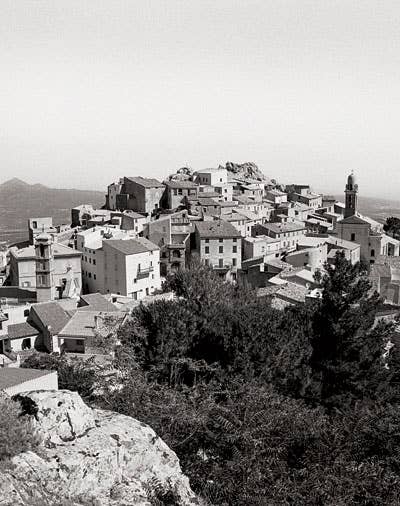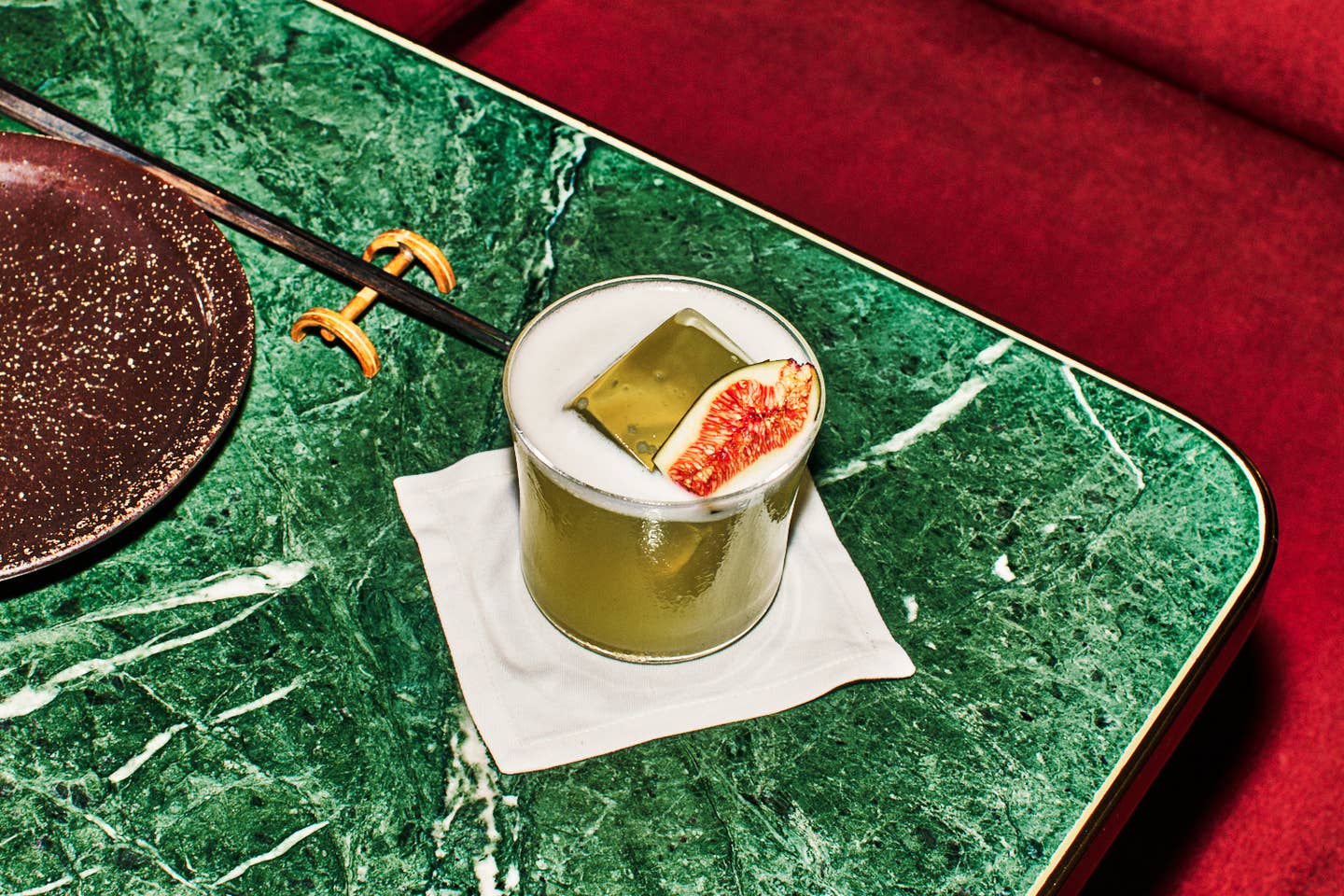
Island Heritage: A History of Corsica
Located 100 miles south of Provence and 51 miles off the coast of Tuscany, Corsica's identity bears the cultural imprint of France, Italy, and the other foreign occupiers that have laid claim to the mountainous island since the Greeks first colonized Corsica around 560 b.c. But the centuries-long occupation by Genoa that ended in 1755 (followed by Corsica's sole period of independence, which lasted 14 years and ended when it became a province of France) was the lengthiest and had the most lasting influence on Corsican cooking. Though the cuisine incorporates indigenous foods—cheeses made from the milk of mountain-dwelling sheep and goats, wild boar charcuterie, native grapes for wine, herbs foraged from the maquis—Genoans contributed the crafts of meat preservation and pasta- and cheese-making, and an agricultural system that endowed the island with chestnuts, citrus, and olives. All are essential to the Corsican pantry. Despite its vast coastline, Corsica's history as a target for piracy long discouraged the formation of seaside communities. Hence, fresh fish never developed an important role in Corsica's cucina povera, its rustic, country-style cuisine.
Keep Reading
Continue to Next Story










